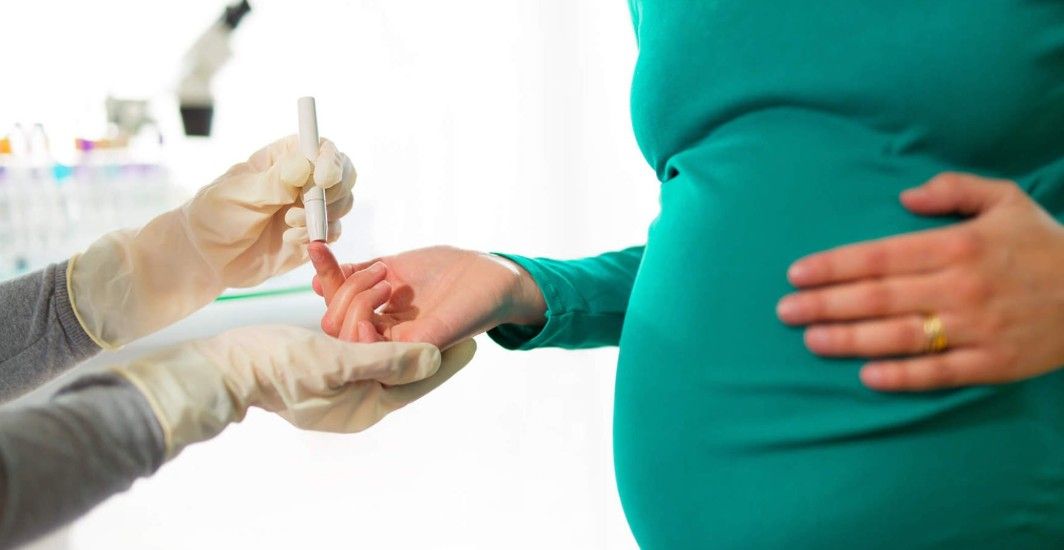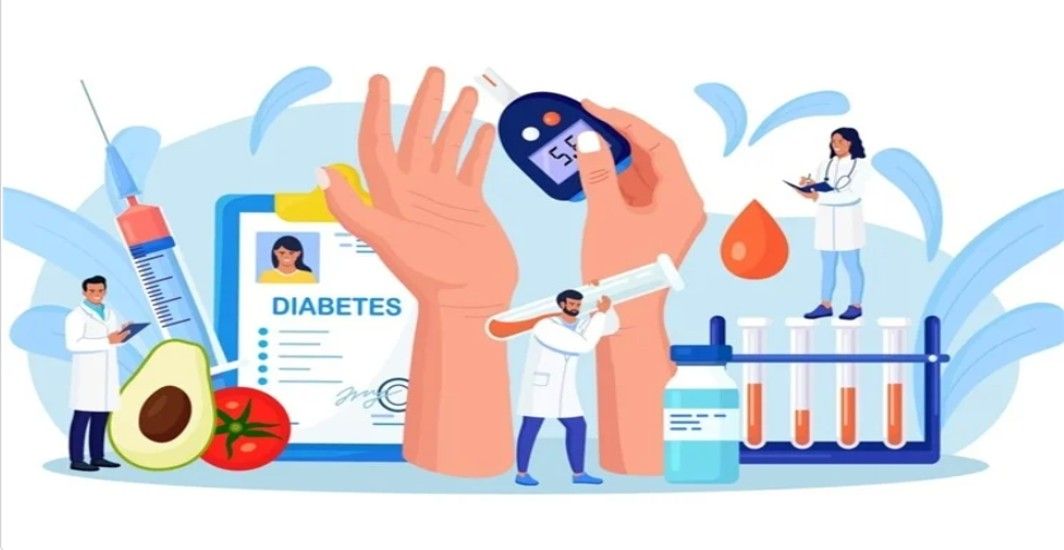Diabetes Management
The Commonalities Between Type 1 and Type 2 Diabetes
1 min read
By Apollo 24|7, Published on - 16 May 2024
Share this article
0
0 like
.jpg?tr=q-80)
Diabetes, a chronic health condition that affects millions of people worldwide, manifests in various forms. The two most prevalent types are Type 1 and Type 2 diabetes. While differences between these two types are often highlighted, it's also essential to recognise their similarities. Let's understand these in detail.
Insulin and Blood Sugar Levels
Both Type 1 and Type 2 diabetes have significant implications for insulin, a crucial hormone controlling blood sugar levels. Whether due to insufficient insulin production (Type 1) or the body's ineffective use of insulin (Type 2), the result is the same - difficulty in storing and using glucose properly. Consequently, both types may lead to elevated blood sugar levels, necessitating careful monitoring and management.
Common Symptoms
Regardless of whether it's Type 1 or Type 2 diabetes, many symptoms are common to both conditions. These include increased thirst, frequent urination, fatigue, and blurred vision. Being aware of these signs can help in early detection and treatment of both types of diabetes.
Health Complications
Both types of diabetes, if not appropriately managed, can lead to serious health complications. These may include heart disease, kidney damage, eye problems, and nerve damage. Thus, effective management is crucial to minimise these risks and preserve overall health. It is important to know the similarities between Type 1 and Type 2 diabetes because each type requires its specific method of treatment and management.
Understanding the similarities between Type 1 and Type 2 diabetes can provide better insight into this chronic condition. Although different in origins and treatments, both conditions share critical aspects related to insulin function, symptomatology, and potential complications. Individuals with either type need to engage in effective management strategies to prevent high blood sugar levels and reduce the risk of complications.
Diabetes Management
Consult Top Diabetologists
View AllLeave Comment
Recommended for you

Diabetes Management
A 10-Step Guide to Gestational Diabetes Care
Gestational diabetes doesn't have to be overwhelming. With the right care and lifestyle changes, you can prevent complications and ensure a healthy pregnancy. Maintain a balanced diet, monitor blood sugar levels regularly, stick to a treatment plan, and attend regular check-ups. Above all, remember that you're not alone in this journey - rely on your healthcare team for guidance and support.

Diabetes Management
Managing Diabetes With Other Responsibilities
The challenge of managing diabetes while juggling daily responsibilities may seem daunting, but it's entirely achievable with the right approach. Adopting collaborative self-management strategies, seeking professional help in case of burnout, embracing team-based care, making healthier lifestyle choices, and proactively preventing complications can help maintain a balanced life.
.jpg?tr=q-80)
Diabetes Management
Navigating Beverages and Blood Sugar Balance
Consumption of alcohol can disrupt blood sugar levels, leading to potentially dangerous scenarios for individuals with diabetes. Alcohol should be consumed with caution, and suitable alternatives like water, herbal teas, and unsweetened coffee can be beneficial for maintaining steady glucose levels. Regular monitoring of blood sugar is crucial when consuming alcoholic beverages.
Subscribe
Sign up for our free Health Library Daily Newsletter
Get doctor-approved health tips, news, and more.
Visual Stories

8 Fruits That are Incredibly Healthy for Diabetes
Tap to continue exploring
Recommended for you

Diabetes Management
A 10-Step Guide to Gestational Diabetes Care
Gestational diabetes doesn't have to be overwhelming. With the right care and lifestyle changes, you can prevent complications and ensure a healthy pregnancy. Maintain a balanced diet, monitor blood sugar levels regularly, stick to a treatment plan, and attend regular check-ups. Above all, remember that you're not alone in this journey - rely on your healthcare team for guidance and support.

Diabetes Management
Managing Diabetes With Other Responsibilities
The challenge of managing diabetes while juggling daily responsibilities may seem daunting, but it's entirely achievable with the right approach. Adopting collaborative self-management strategies, seeking professional help in case of burnout, embracing team-based care, making healthier lifestyle choices, and proactively preventing complications can help maintain a balanced life.
.jpg?tr=q-80)
Diabetes Management
Navigating Beverages and Blood Sugar Balance
Consumption of alcohol can disrupt blood sugar levels, leading to potentially dangerous scenarios for individuals with diabetes. Alcohol should be consumed with caution, and suitable alternatives like water, herbal teas, and unsweetened coffee can be beneficial for maintaining steady glucose levels. Regular monitoring of blood sugar is crucial when consuming alcoholic beverages.

